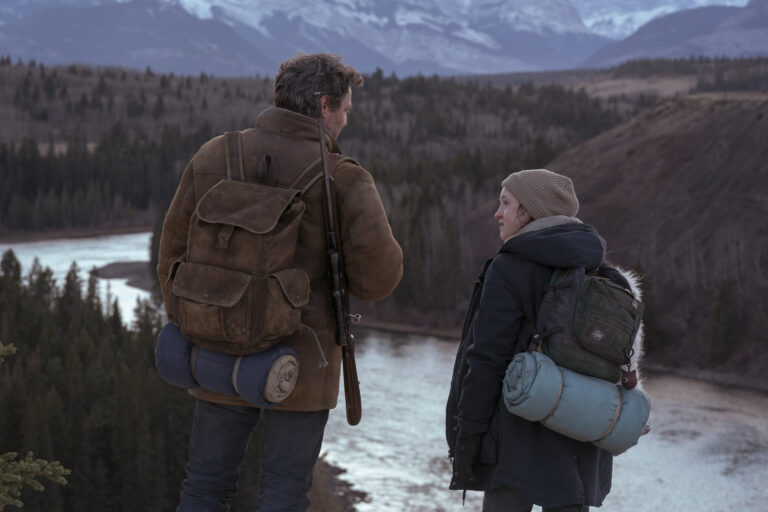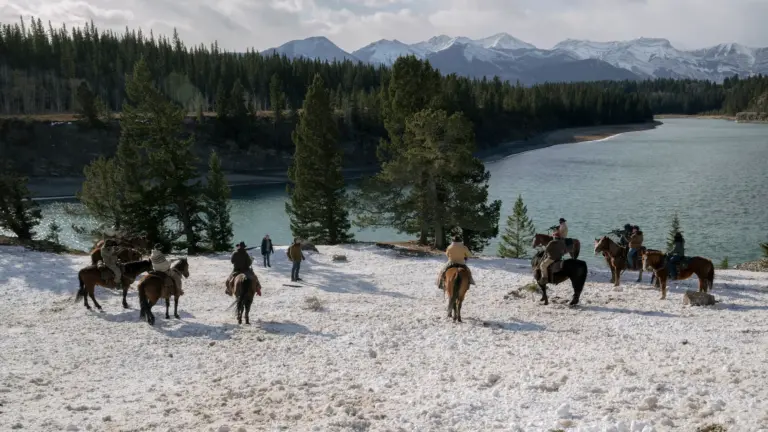HBO’s The Last of Us didn’t sneak in quietly. Nope. It kicked the door wide open and announced its arrival with flair. From jaw-dropping costs to mind-boggling viewer stats, this show turned heads and opened wallets. So let’s crack open the numbers, shake out the facts, and figure out whether Season 1 was just a critical darling or also a money-making machine.

How Much Did It Cost to Wipe Out Civilization?
Let’s not beat around the burning bush. This show cost a small fortune. According to Entertainment.ie, each episode rang up at a cool $10 to $15 million. That’s blockbuster movie territory.
With nine episodes in total, that brings the season’s budget somewhere between $90 million and $135 million. No wonder the sets looked stunning and the clickers felt way too real. To help paint the picture:
- Game of Thrones, early seasons: around $6 million per episode.
- Game of Thrones, later seasons: jumped to $10 million per episode.
- The Walking Dead, Season 1: $3.4 million per episode.
So yeah, HBO definitely splurged. But did it pay off? Oh, hang tight.
The Viewers Showed Up – Big Time
Here’s where things get fun. Because all that cash didn’t go to waste. The premiere drew 4.7 million eyeballs on day one, making it HBO’s second-biggest debut since Boardwalk Empire back in 2010. That’s serious heat.
And then the momentum snowballed. By May 2023, the show pulled an average of 32 million viewers per episode in the U.S. alone. That’s right, 32 million. Not even infected with cordyceps, people kept coming back.
Let’s throw a little perspective on that:
- The Walking Dead hit its stride in Season 5 with around 14.38 million viewers per episode.
- The Last of Us more than doubled that.

And get this – it became the most-watched show ever on HBO Max in Europe and Latin America. It conquered continents.
Beyond the Screen: Real-World Economic Fallout
And we’re not just talking about streaming wins. The show had serious boots-on-the-ground impact, especially in Canada. Filming in Alberta wasn’t just scenic – it was economic gold. The Motion Picture Association of Canada reported the production spent over $141 million in the province. That makes it the biggest series ever filmed in the country.
It gets even better:
- HBO earned around $40 million in tax incentives.
- For every dollar they received, Alberta saw $4.6 in GDP.
It wasn’t just a win for HBO. It was a win for everyone who sold coffee, rented gear, or drove a truck on set.
Let’s Talk Revenues: Where the Money Rolled In
Sure, HBO kept exact figures under wraps, but we can connect a few dots. First, subscriber numbers. You don’t average 32 million viewers per episode without driving a bump in subscriptions. New subscribers equal more revenue. Simple math.
Then there’s the merchandise. T-shirts, posters, collectible Funko Pops – they all flew off shelves. Not to mention renewed sales of the original game. So while we don’t have a neat profit/loss spreadsheet, there are multiple revenue streams flowing strong:
- Increased HBO Max subscriptions
- Global licensing deals (like Sky Atlantic in the UK, Crave in Canada)
- Merchandising and game tie-ins
Financially speaking? The show likely paid for itself and then some.
Awards, Critics, and Rotten Tomatoes Gold Stars
We can’t ignore the acclaim. It matters.
- The show snagged eight Emmy Awards, including Outstanding Guest Actor and Actress.
- Rotten Tomatoes handed it a 99% critic score.
And when critics and audiences both love something? Advertisers take notice. So do investors. Prestige adds value. It’s not just fluff.
A Side-by-Side with Fellow Apocalyptic Titans
So how does The Last of Us stack up against its dusty, grim competition? Pretty darn well.
Let’s do a quick comparison:
The Walking Dead
- Budget: Season 1 cost $3.4 million per episode
- Peak Viewership: Season 5 averaged 14.38 million viewers
- Revenue: Helped AMC boost revenues from $896 million in 2009 to $2.4 billion by 2017
The Walking Dead: The Ones Who Live
- Budget: $13.7 million per episode
Even AMC’s latest spin-off didn’t outspend HBO by much, and it certainly didn’t draw in Last of Us level buzz. HBO’s effort landed with bigger numbers and wider acclaim. That’s not easy in today’s crowded streaming landscape.
The Bottom Line: Spores, Scores, and Soaring Profits
Look, HBO swung big – and connected. The network dropped over $100 million on a risky video game adaptation. And it hit jackpot.
Massive viewership? Check. International acclaim? Double check. Local economic impact and long-term financial return? That’s a yes.
HBO didn’t just create another post-apocalyptic series. It built a franchise foundation. And if Season 2 follows this blueprint, we might be looking at a television juggernaut in the making.
So was Season 1 financially successful? In every sense of the word. And maybe a few more.




